For my meal, I decided to get the Pretzel Chicken Bites (pretzel encrusted chicken filets, dijon mustard dipping sauce)
and the Thai Lettuce Wraps (satay chicken strips, carrots, bean sprouts, rice noodles, romaine leaves, three spicy thai sauces) for appetizers,
getting the Brady Maki (coconut shrimp, avocado, mango, cucumer and spicy mayo in a soy wrap)
and the Salmon and Shrimp Wasabi (grilled salmon, jumbo shrimp, seasonal vegetables, hoisin and wasabi drizzle) for my main dishes.
The chicken was dry as can be expected of typical chicken fingers, while the Lettuce wrap dish was huge and I had to wrap the lettuce myself. The dish was pretty good though, with 3 different sauces provided. I have learnt that coconut shrimp does not do well with sushi by me, but thankfully the salmon was pretty good, although by the time I got to it, I was already going to be late for my class, so I was forced to pack it in and head out the door, losing my work badge along the way.
Overall, not a bad experience, although I probably should have had a better choice of dishes.
Heading to the sewing place, I happened to pass by an interesting structure in front of the Mac Med Spa in town.
When I finally got to the sewing place, a few minutes late, the lesson had already started, with one other person being present. I was seated in front of a Viking sewing machine, which had a lot of buttons I had yet to understand.
The first order of the day was learning how to string up the machine with the thread I was to use, going up and down and hooking the string at various points in the machine before finally threading it through the needle, ensuring that the end of the string stayed stretched backwards away from me at all times.
It was then time to start sewing on fabric, using a foot pedal to control the speed of sewing and using my hand to steady the cloth to keep the line straight, yet keep my hand away from the needle.
as well as the pattern of sewing
with just touches of different buttons on the machine,
even allowing for the making of button holes or sewing on buttons.
Even so, that wasn't the end of learning. Apparently there is also a bottom thread, drawn up by a bobbin, and string can be strung onto the bobbin using the machine as well.
There are also many other tools involved to help with correcting mistakes, changing add-ins, or fixing the machine.
The pins are especially the most important in helping to keep fabric in place while sewing.
After a while of sewing, we headed upstairs to another room, where our instructor showed us the equipment she used
for special designs and embroidery.
There is another machine used to make a different type of stitch which cuts the fabric at the same time,
and we used it to make a wine coaster for ourselves.
Our final project of the day was to sew a cute little apron, possibly for a bottle.
In order to put the skirting on the apron properly, I had to use several pins to pin it down, which was a hassle,
and remove them as I sewed it onto the apron. Unfortunately, I had a really hard time controlling where the stitch went, so although it looks alright from afar,
there are a lot of imperfections in the stitching up close.
I actually thought I was not going to learn much today at sewing, but I actually did learn a lot. I never knew there were so many different aspects to it.
The pins are especially the most important in helping to keep fabric in place while sewing.
After a while of sewing, we headed upstairs to another room, where our instructor showed us the equipment she used
for special designs and embroidery.
There is another machine used to make a different type of stitch which cuts the fabric at the same time,
and we used it to make a wine coaster for ourselves.
Our final project of the day was to sew a cute little apron, possibly for a bottle.
and remove them as I sewed it onto the apron. Unfortunately, I had a really hard time controlling where the stitch went, so although it looks alright from afar,
there are a lot of imperfections in the stitching up close.
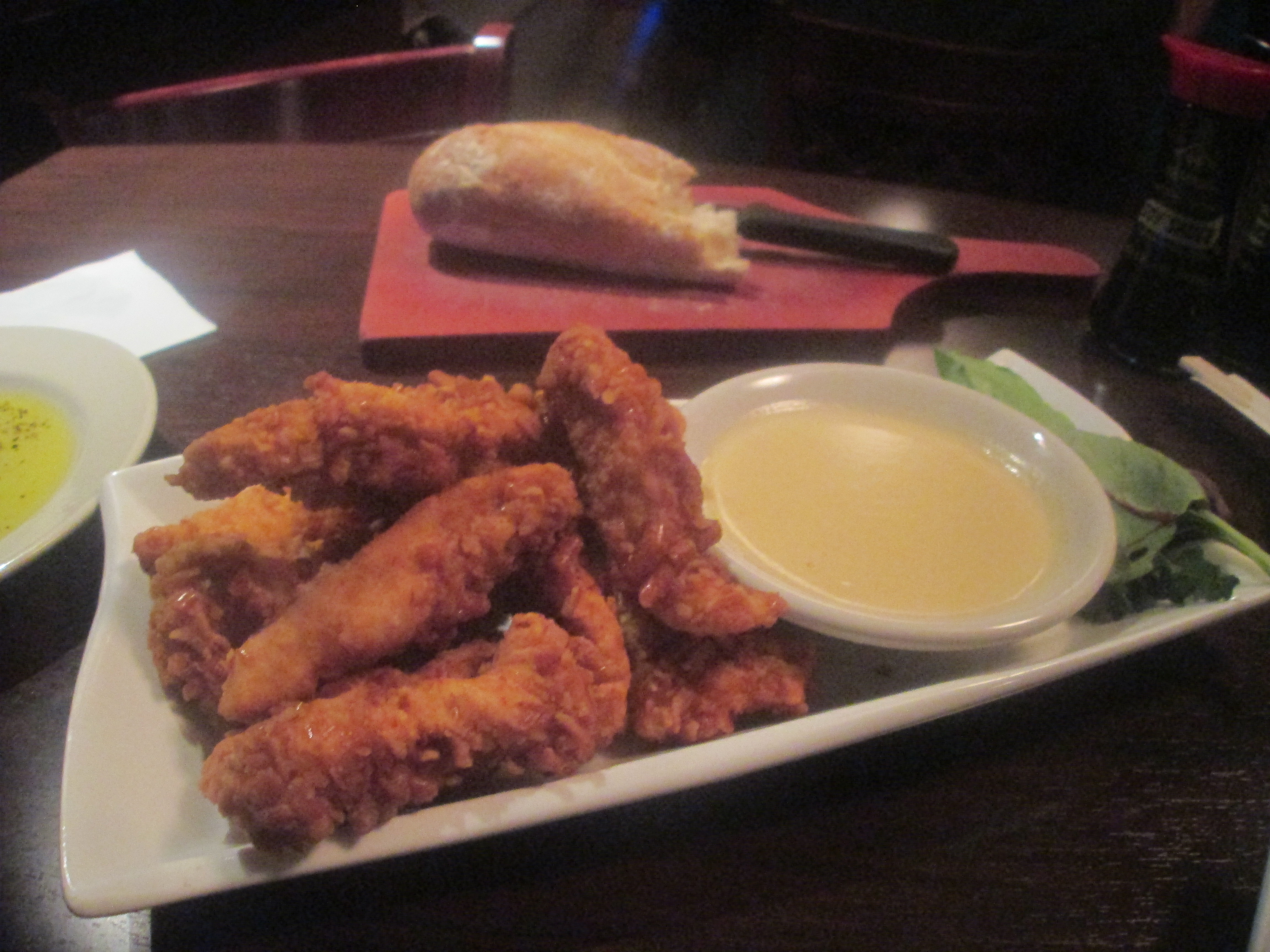
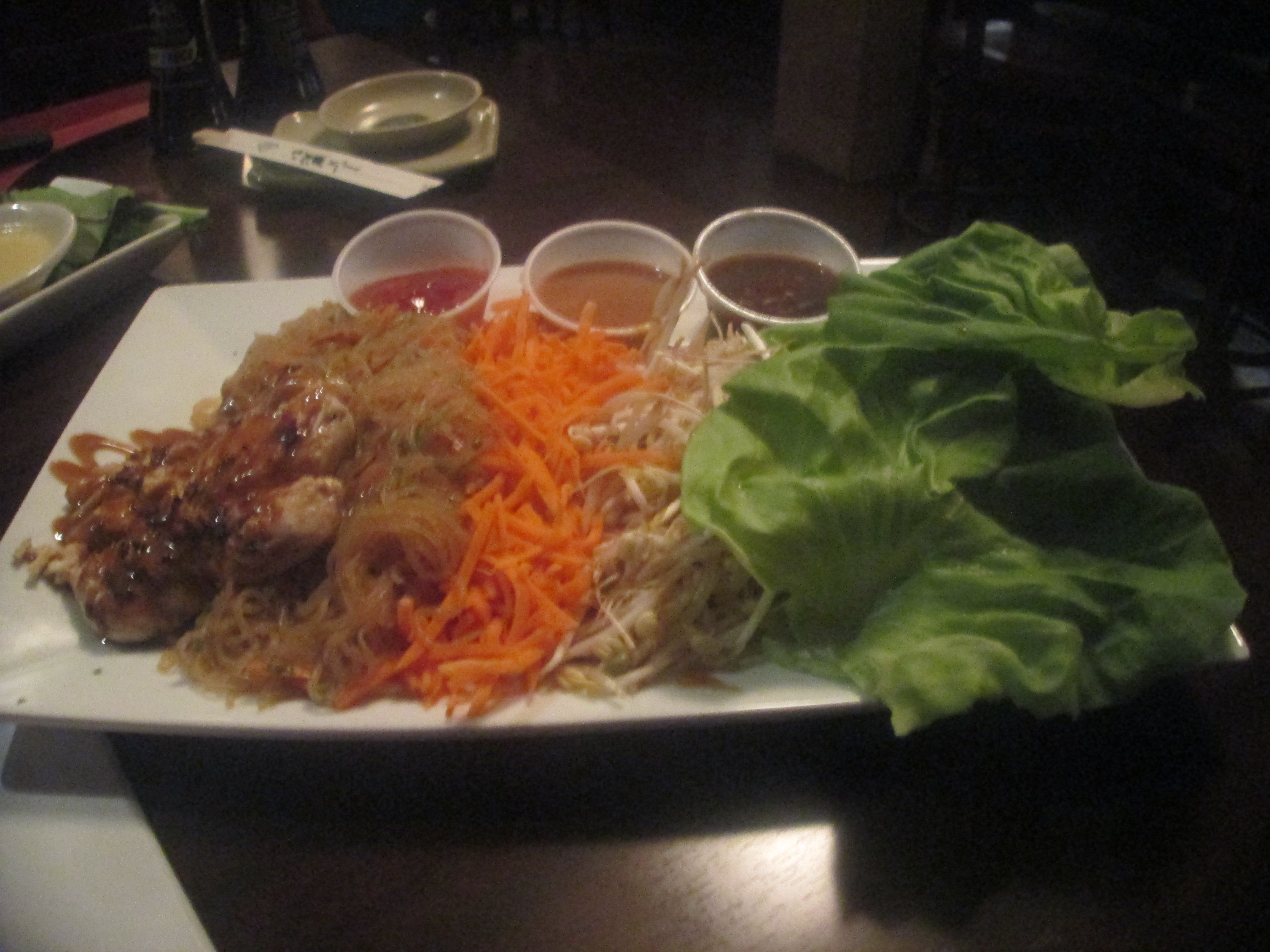
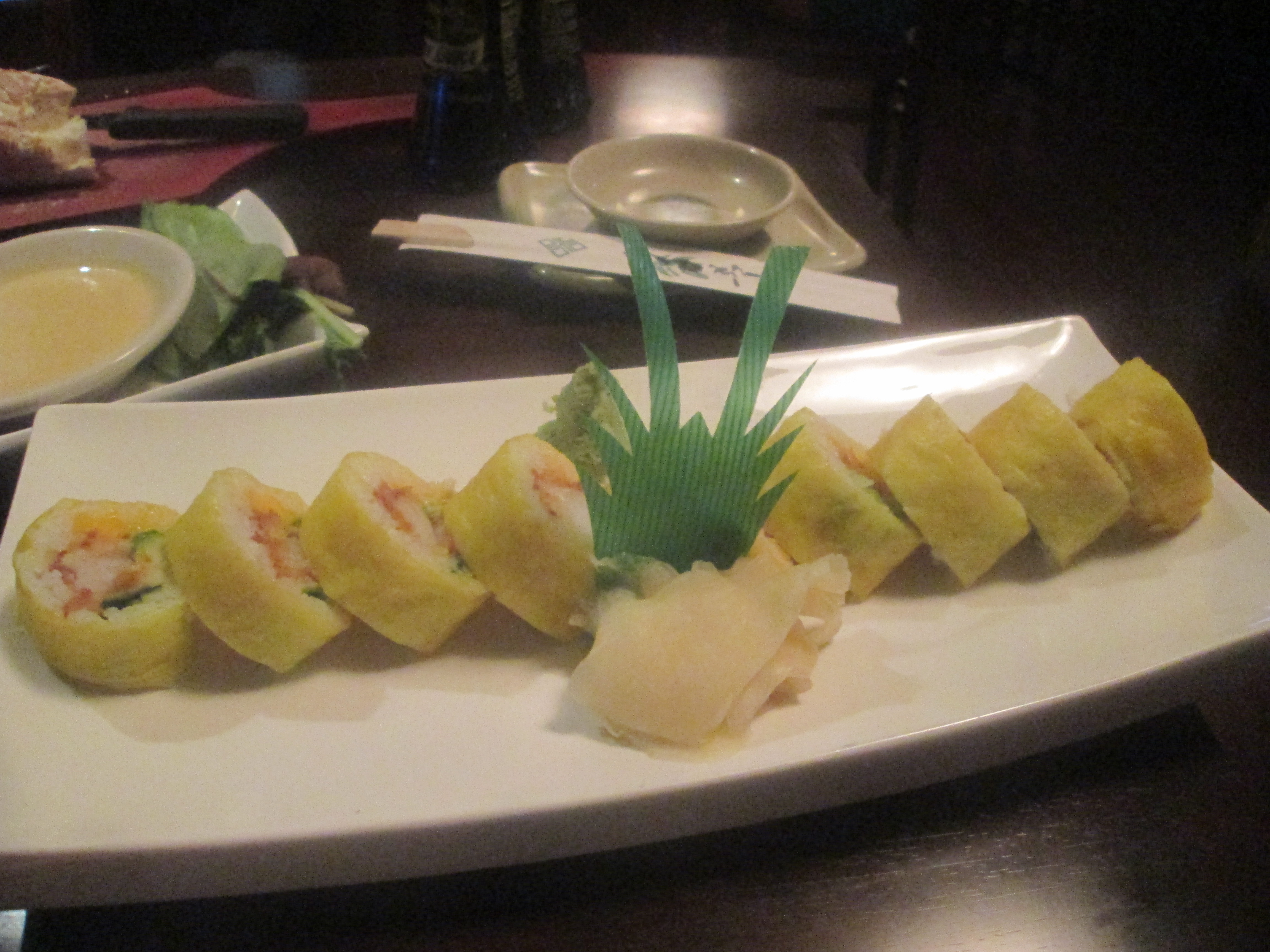
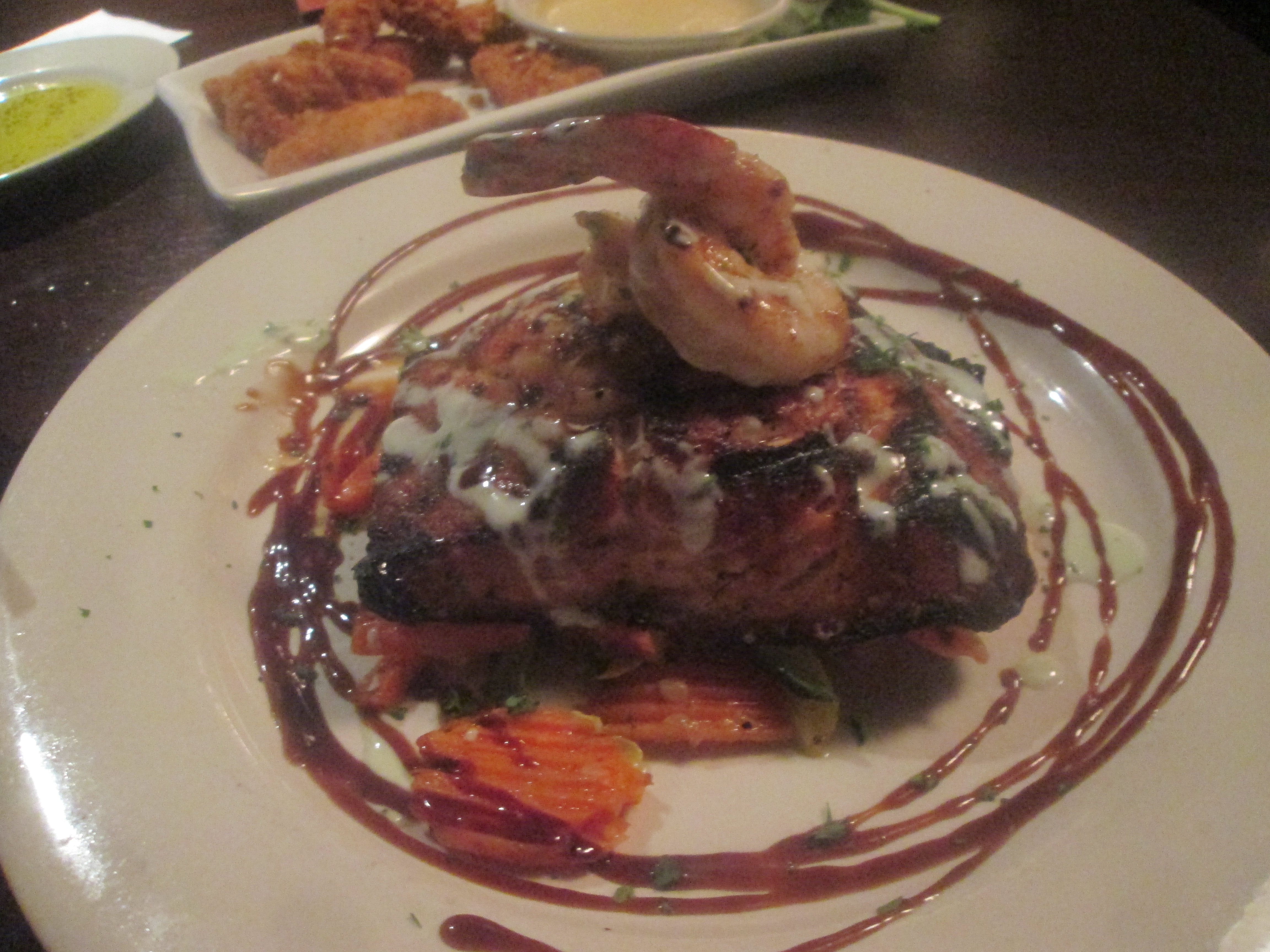

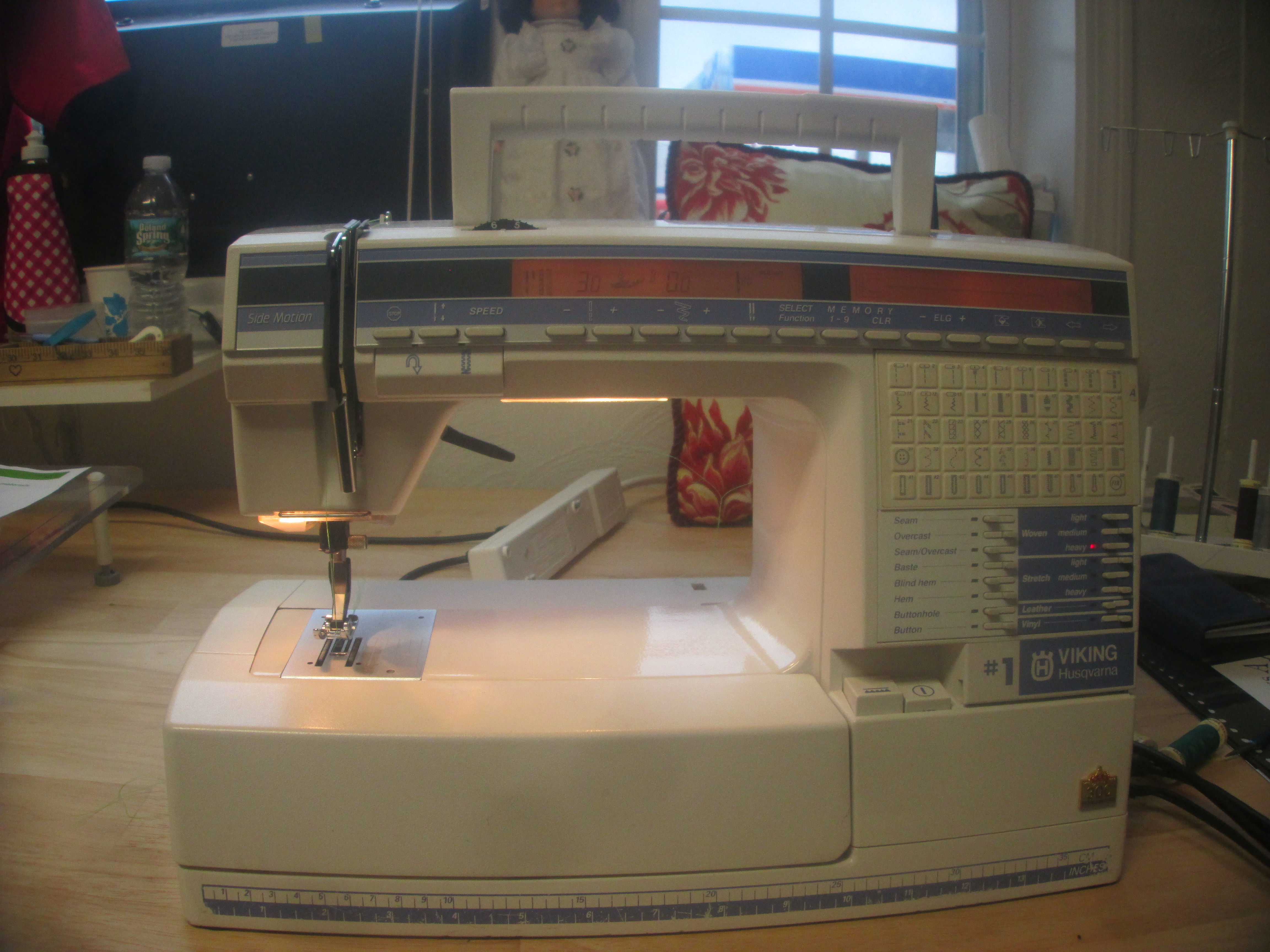
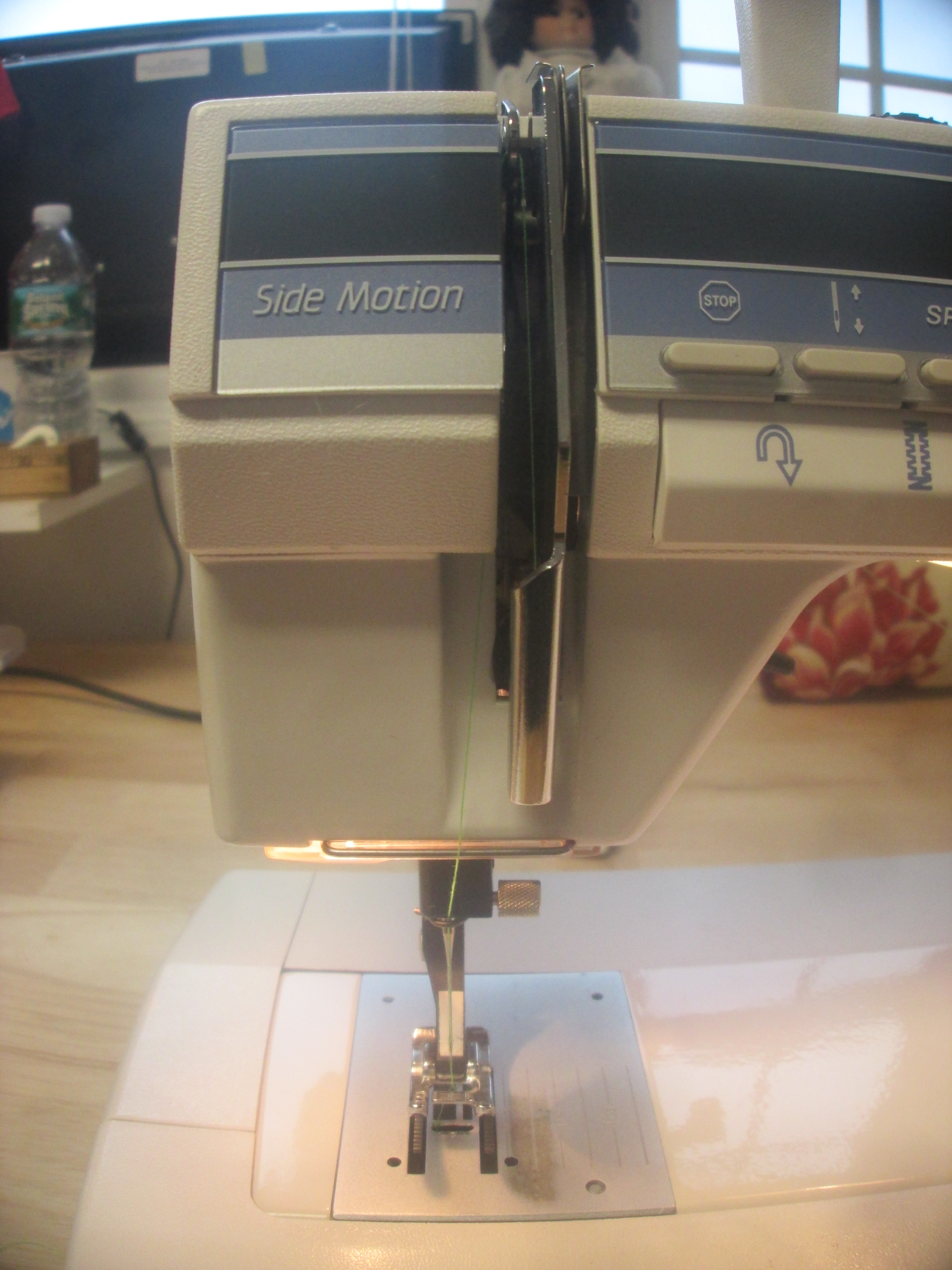
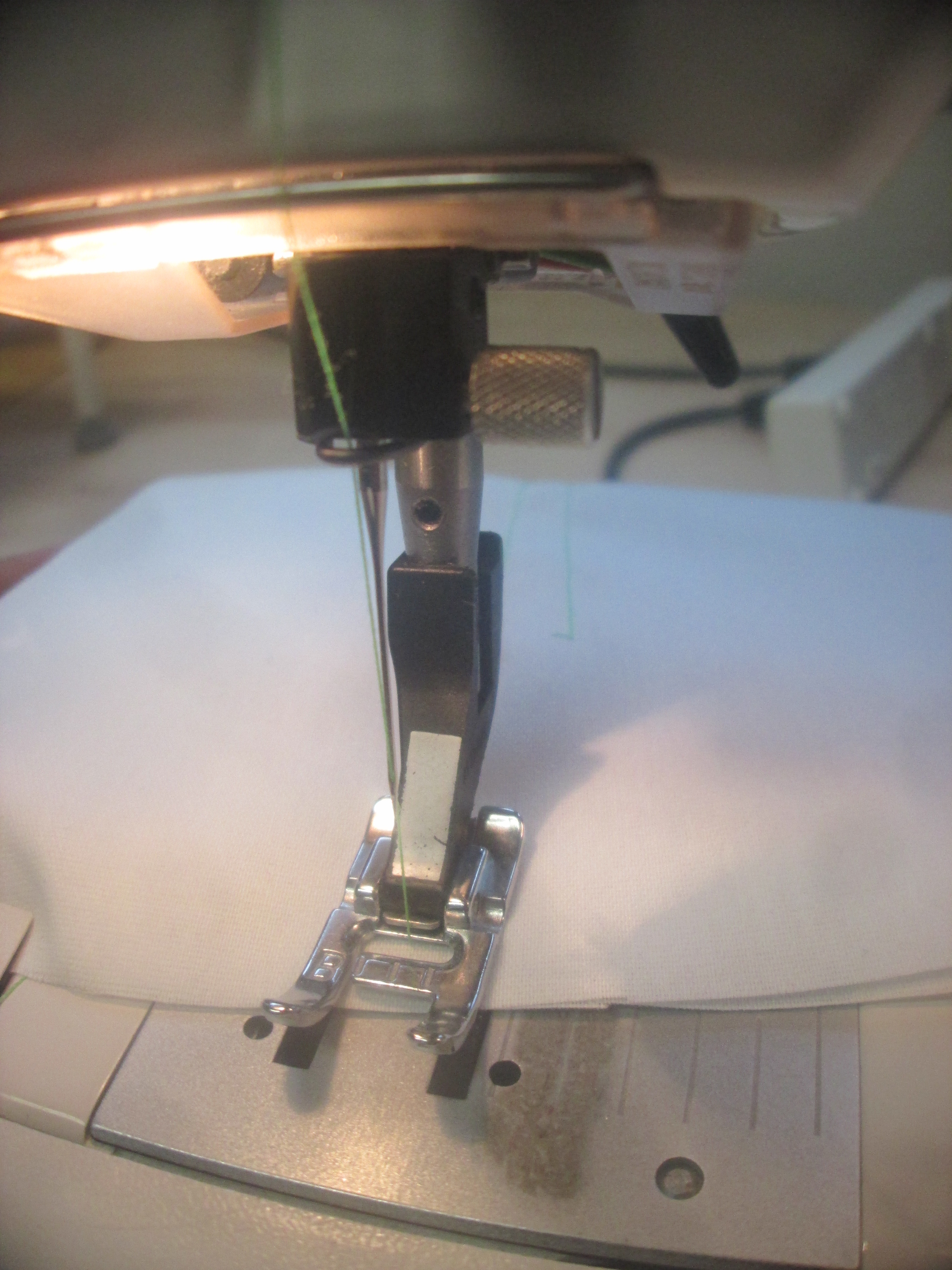

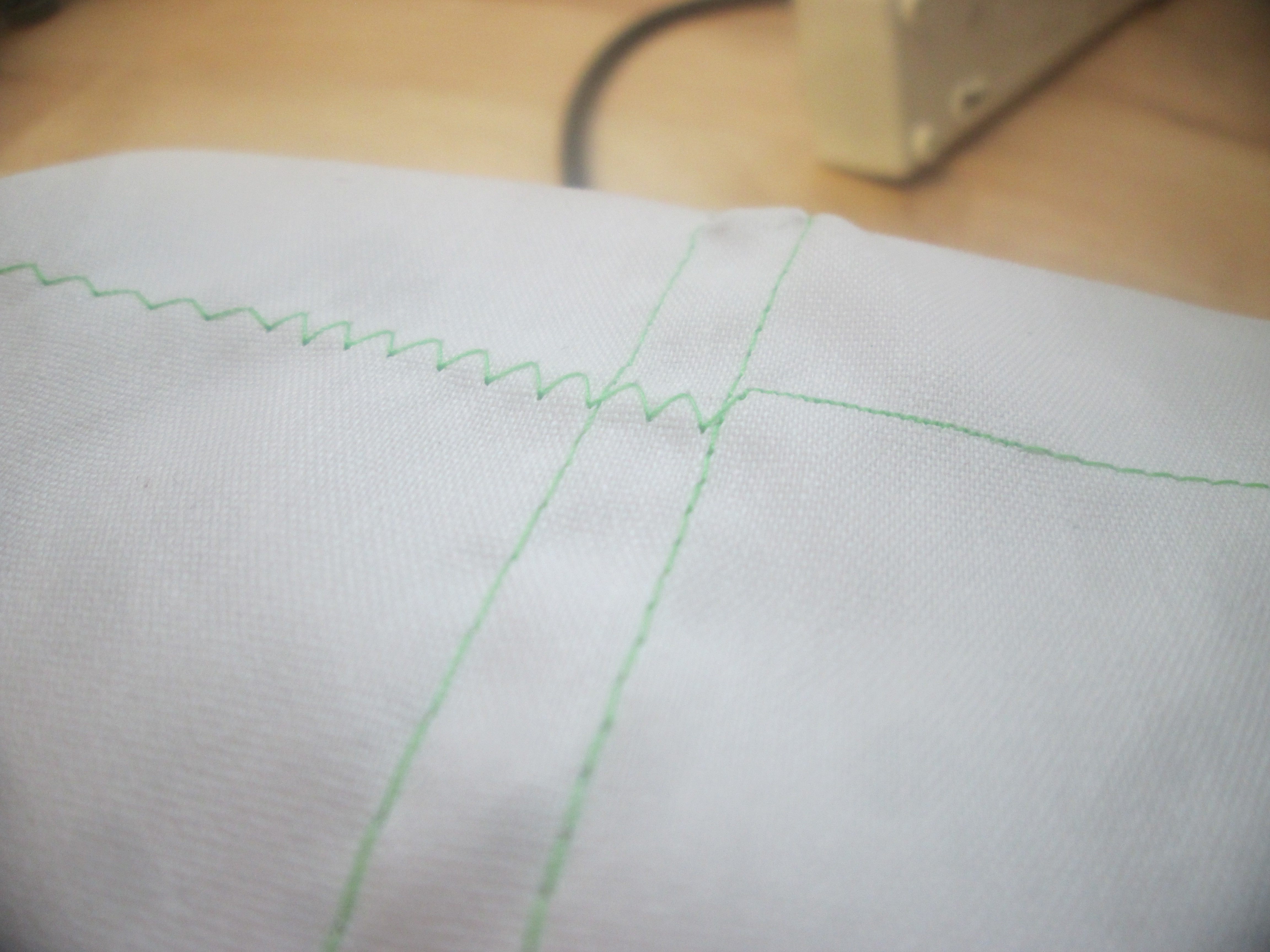
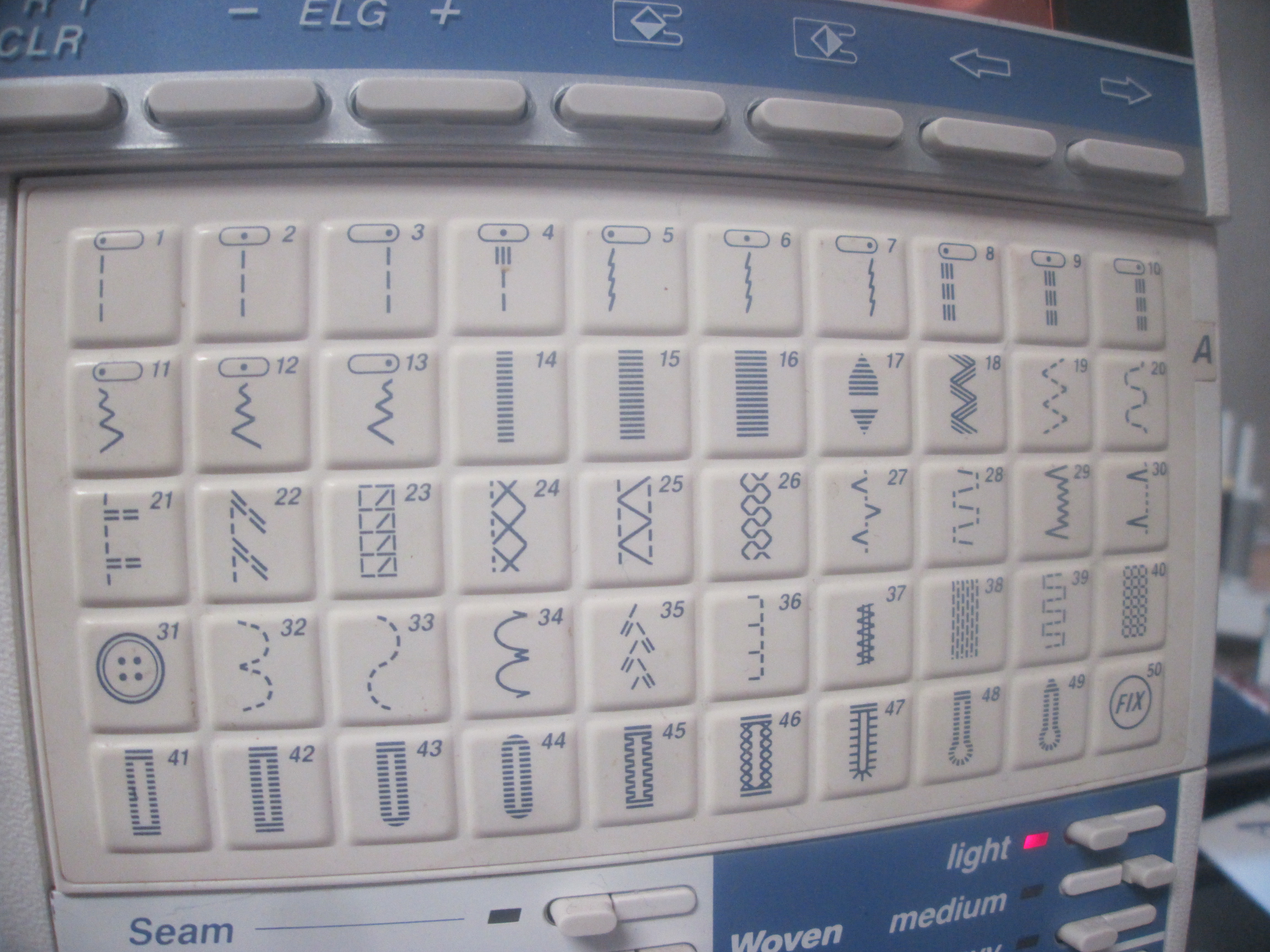
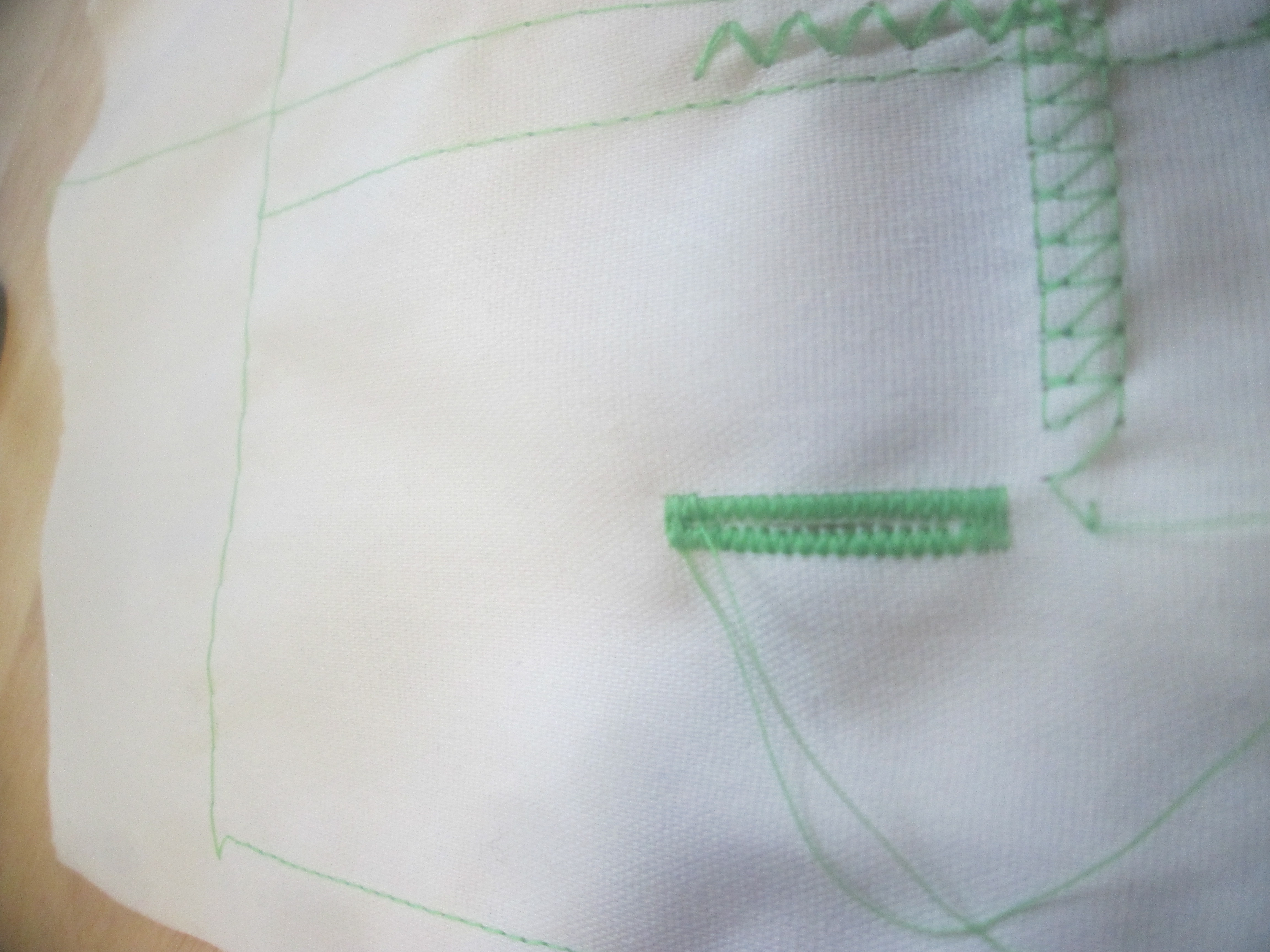
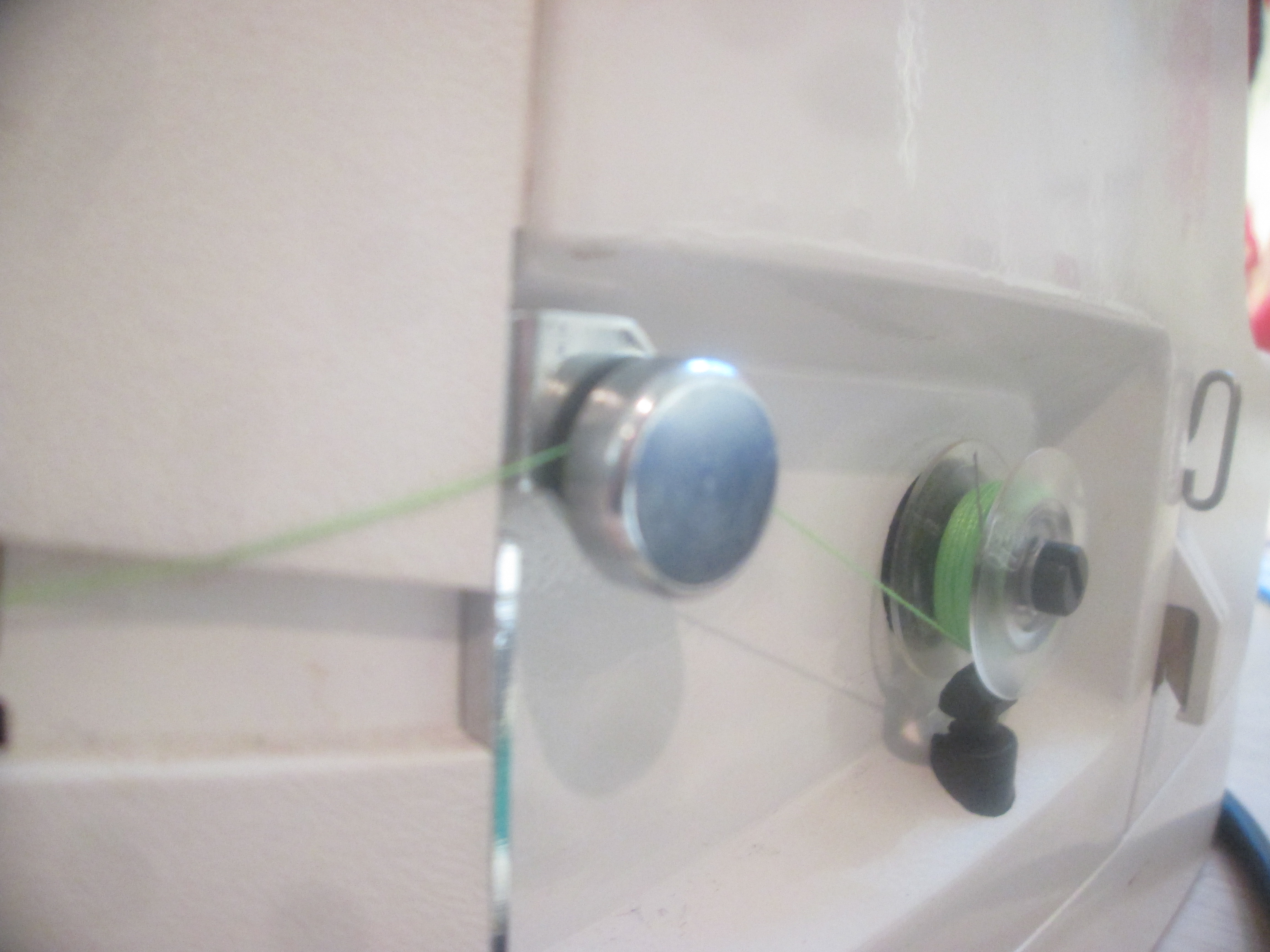
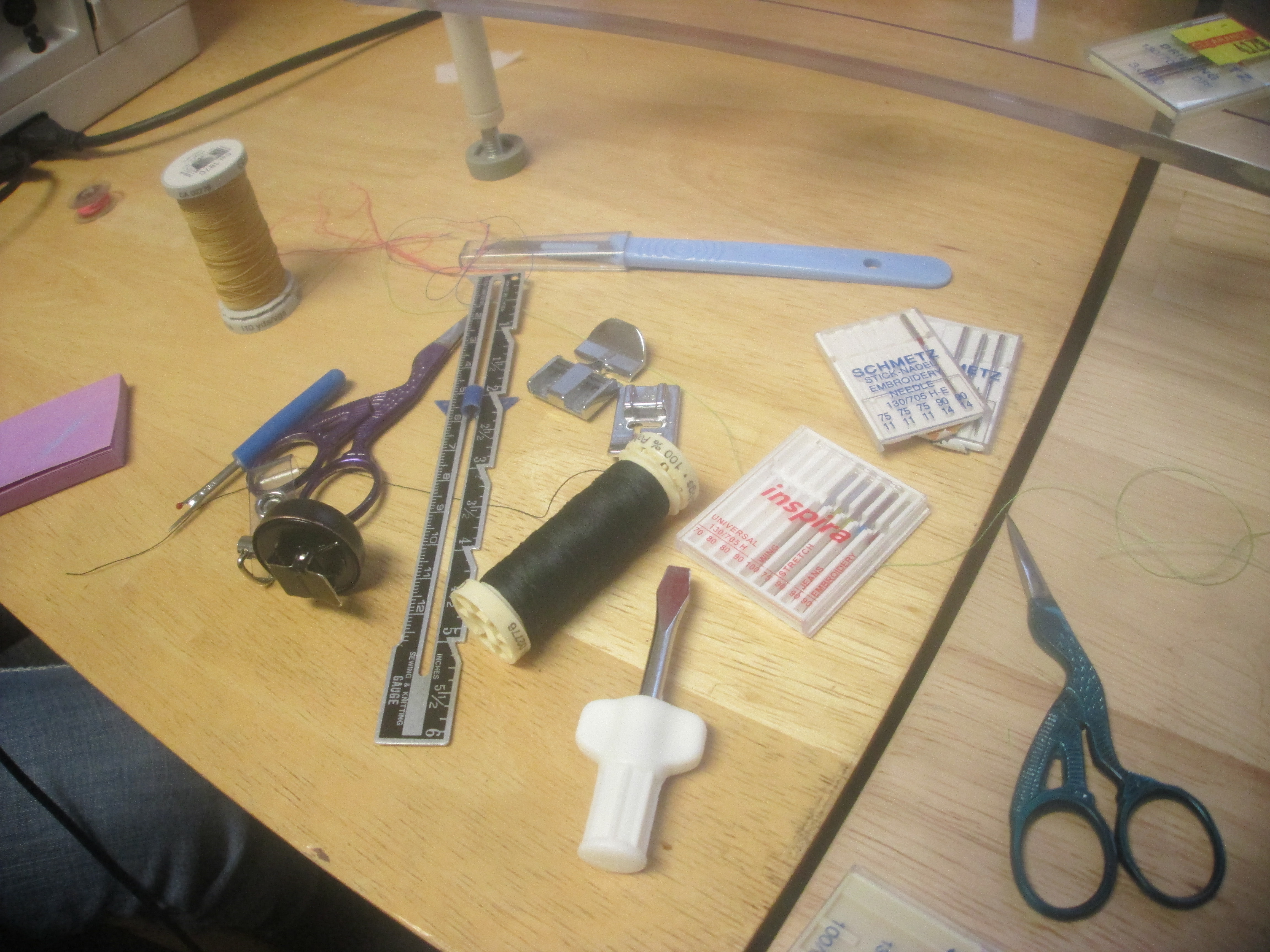
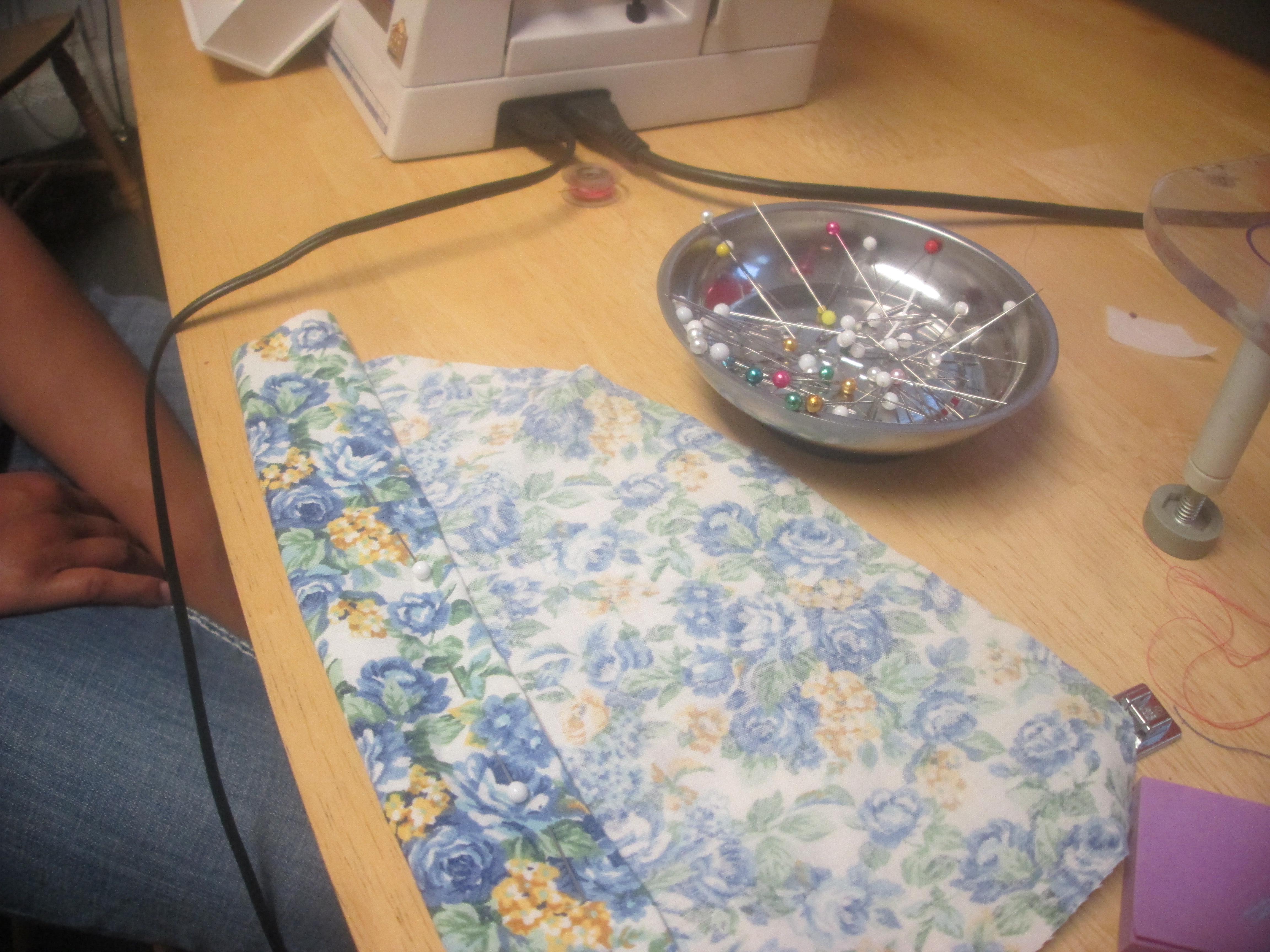
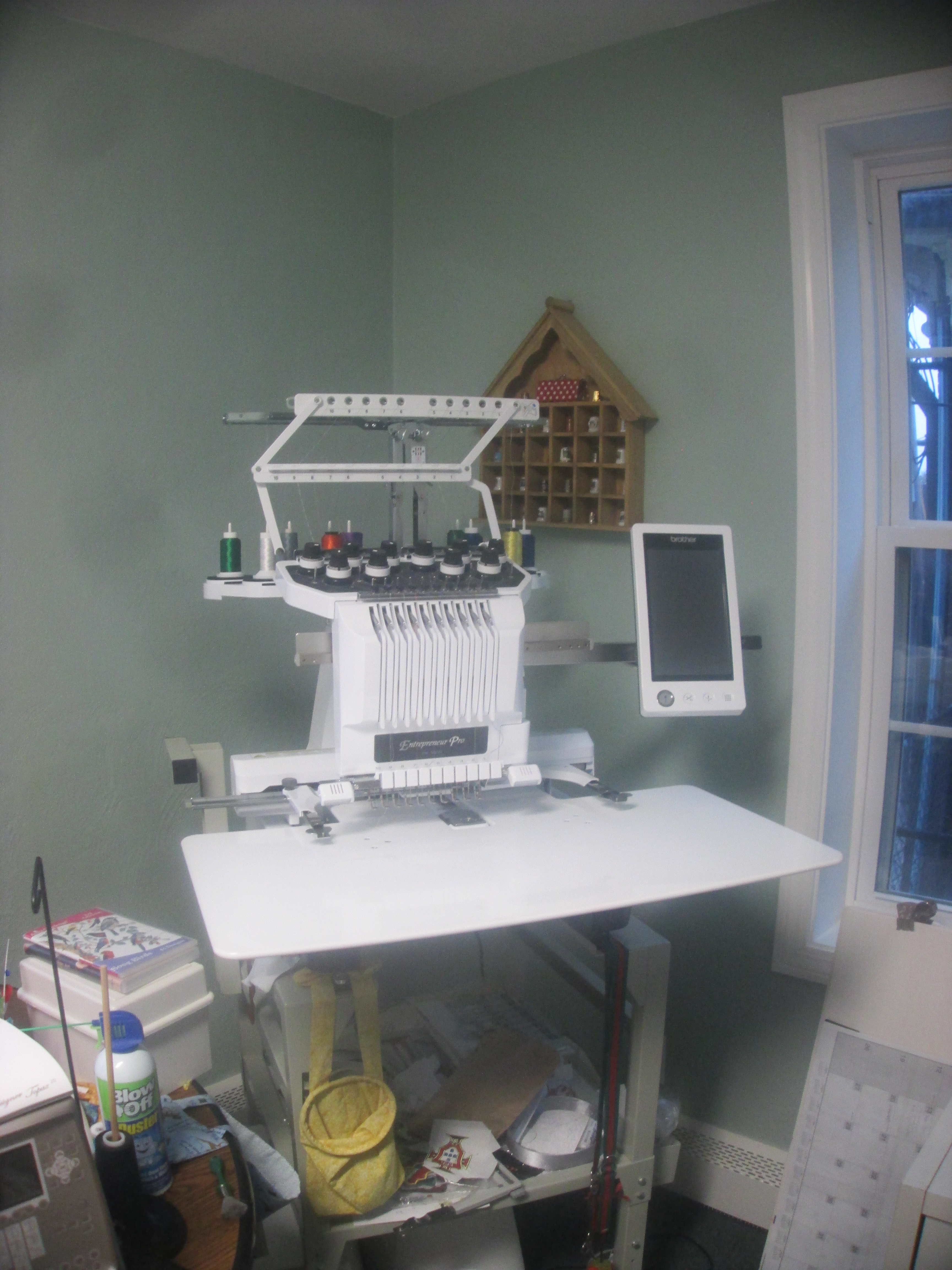


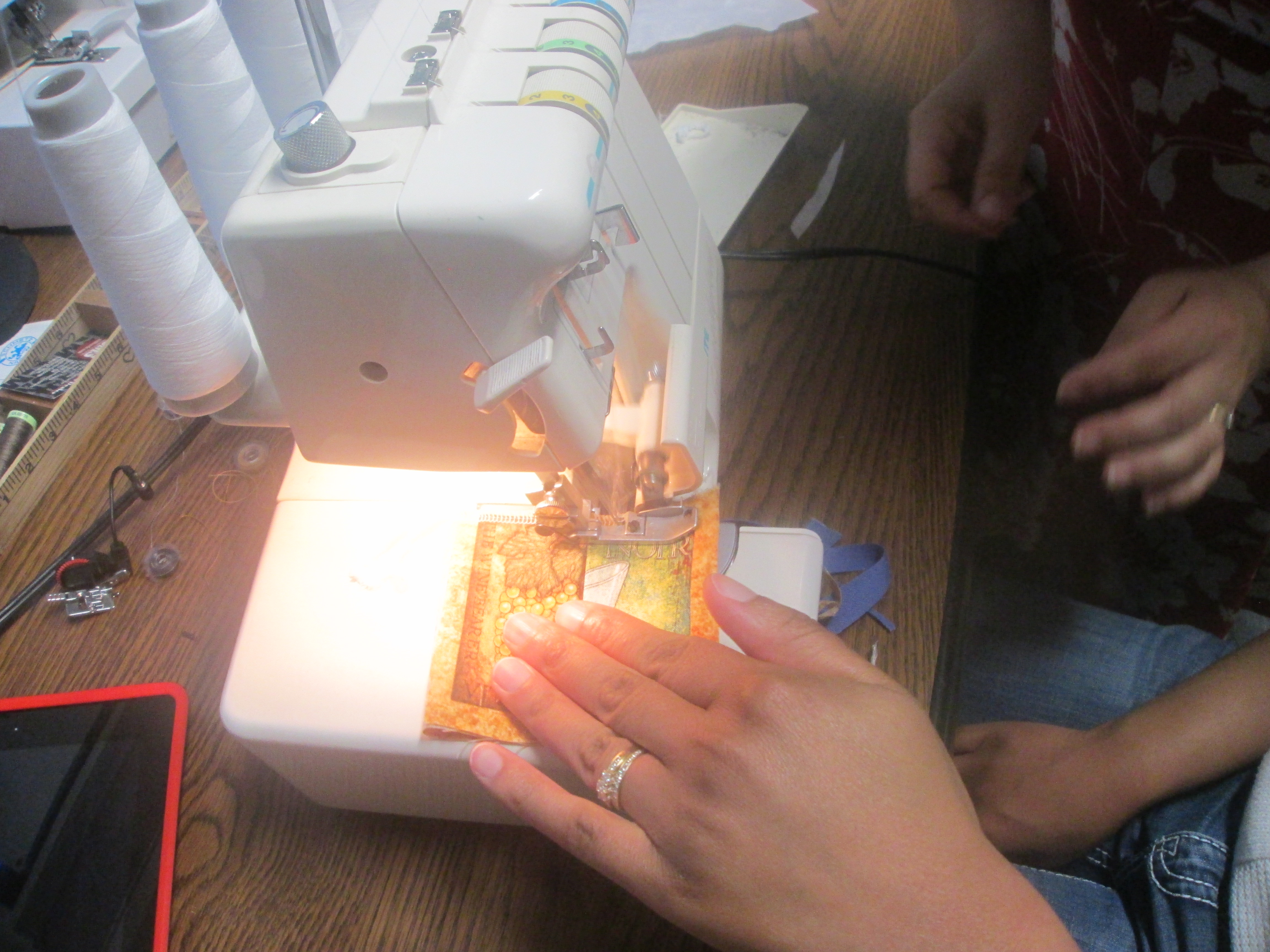
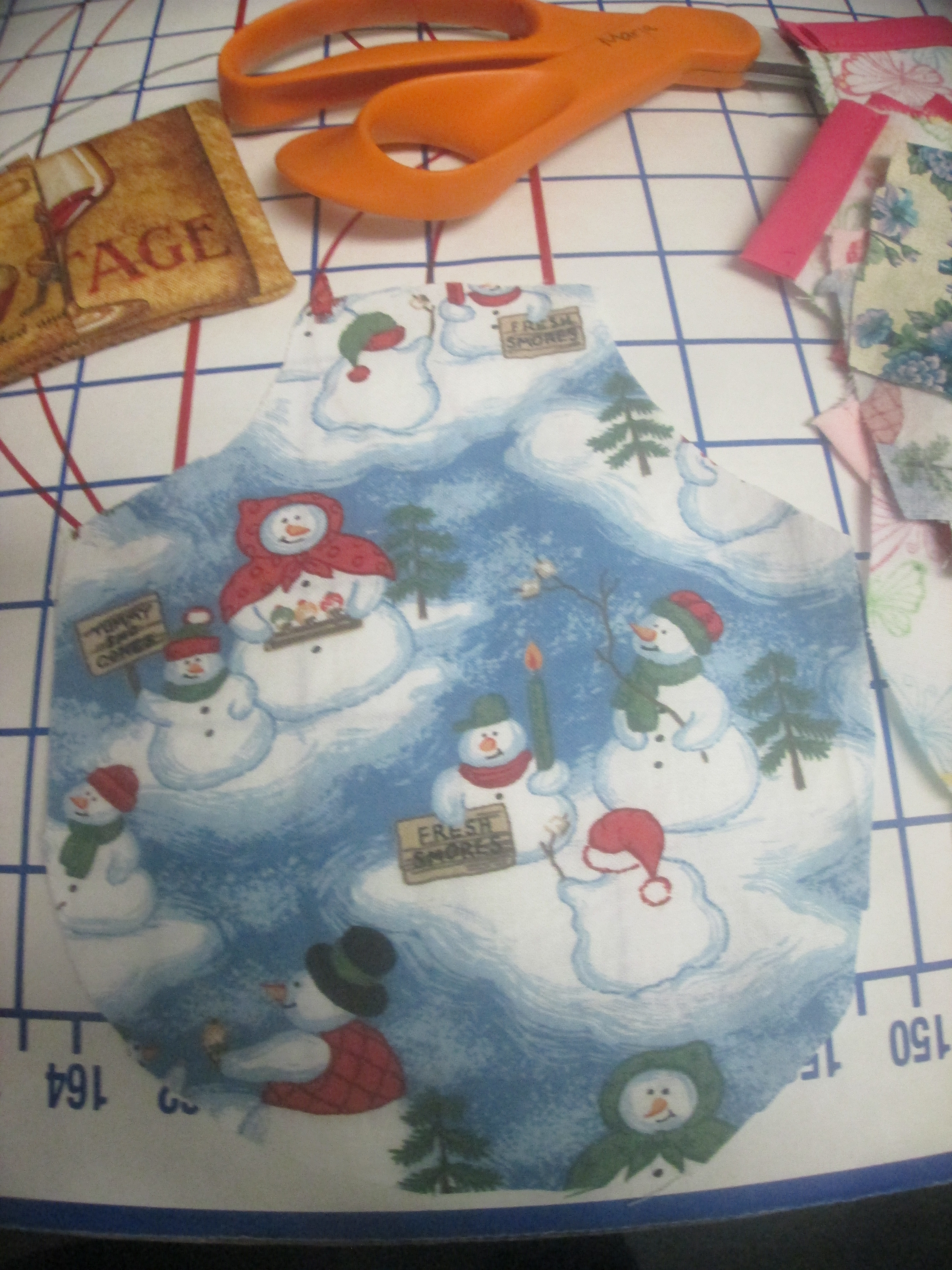
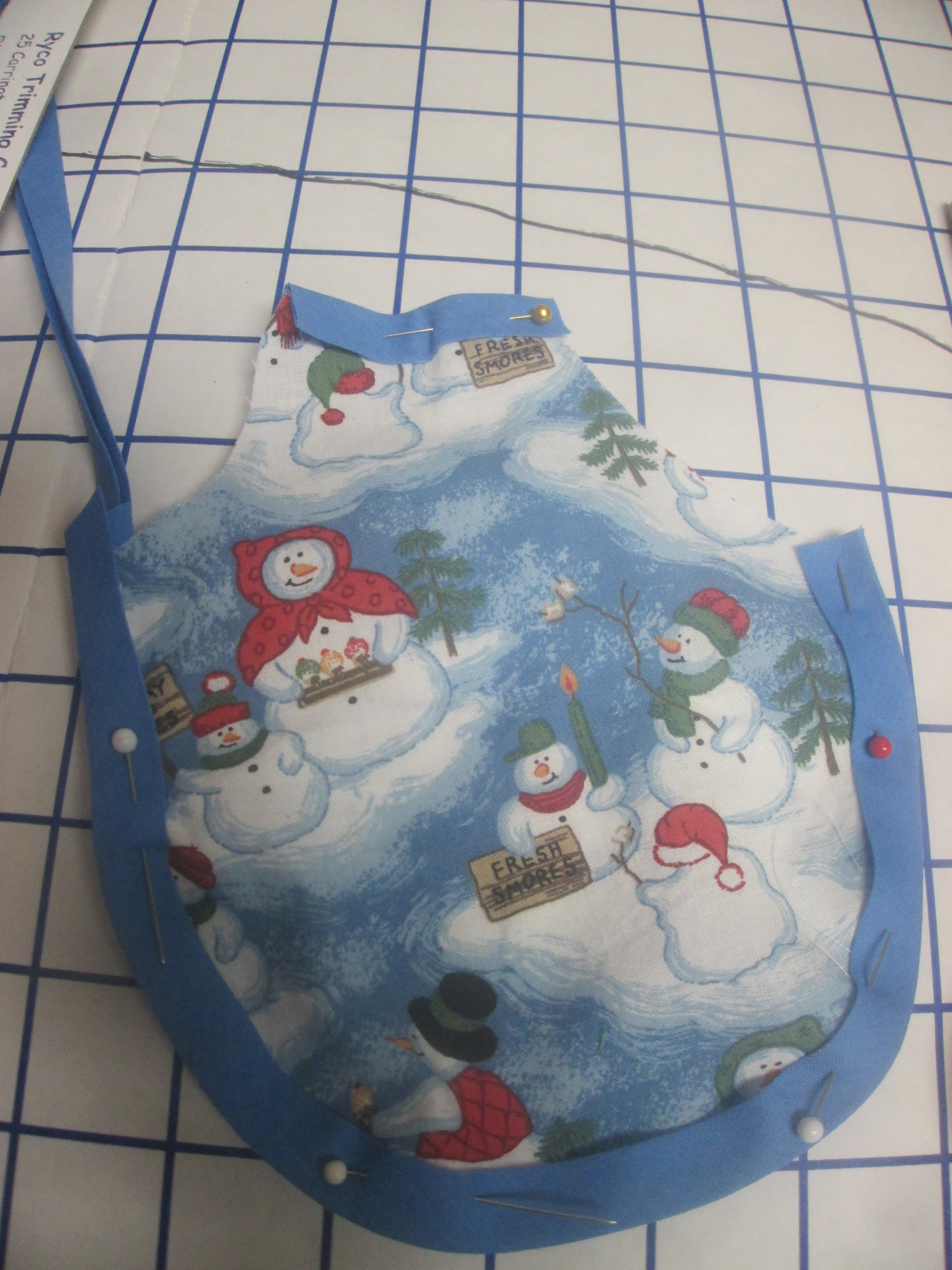
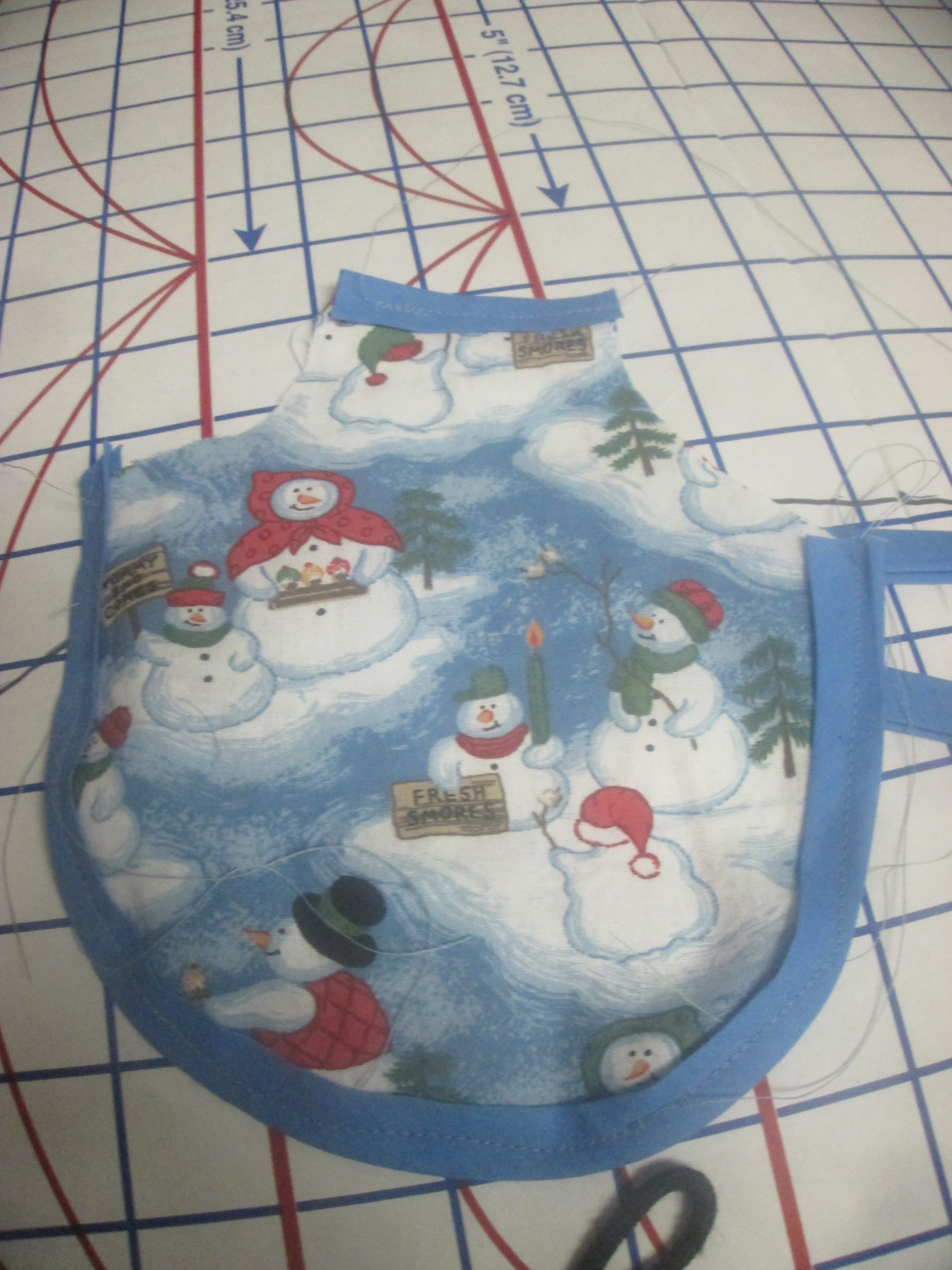
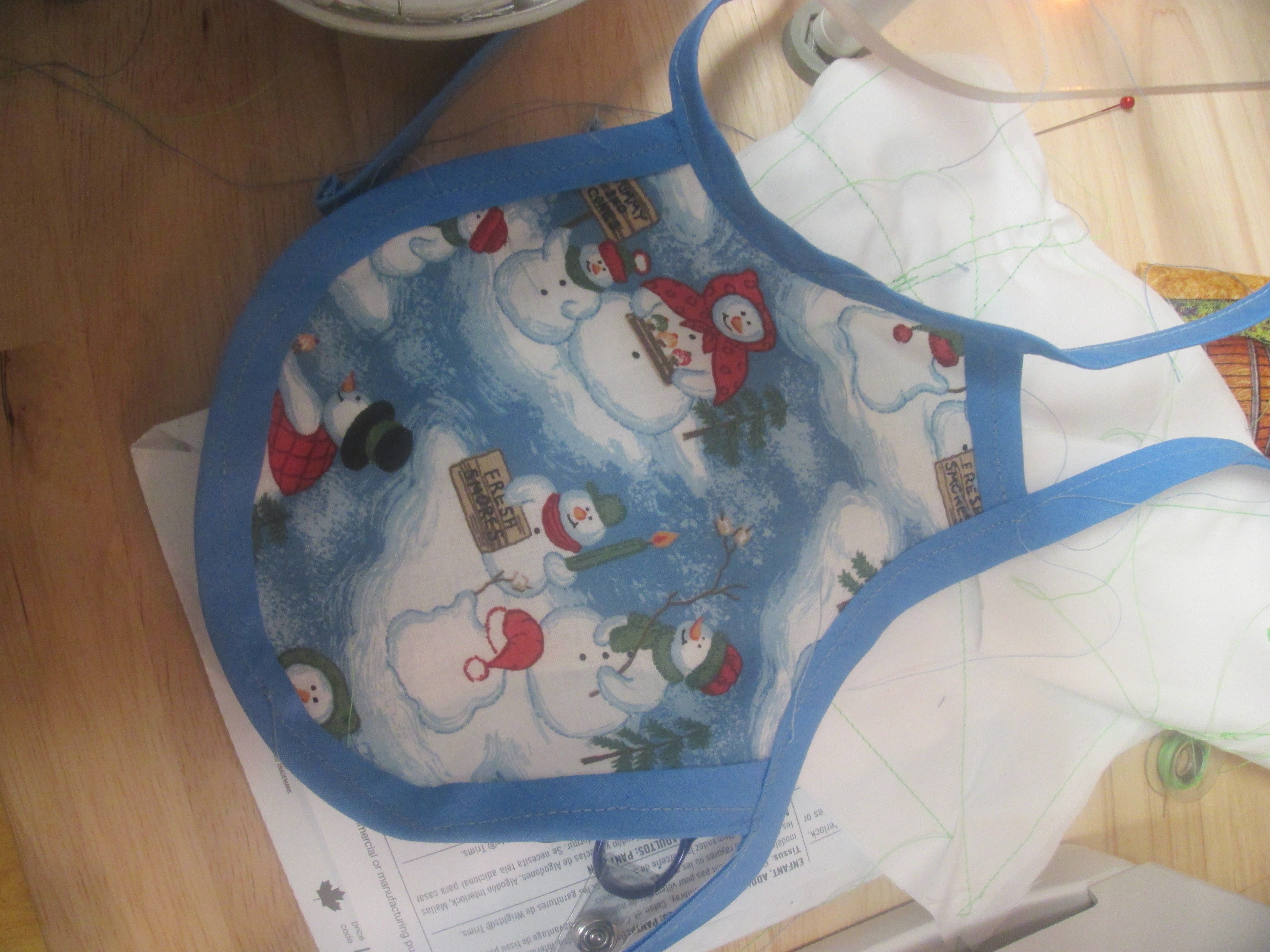
No comments:
Post a Comment